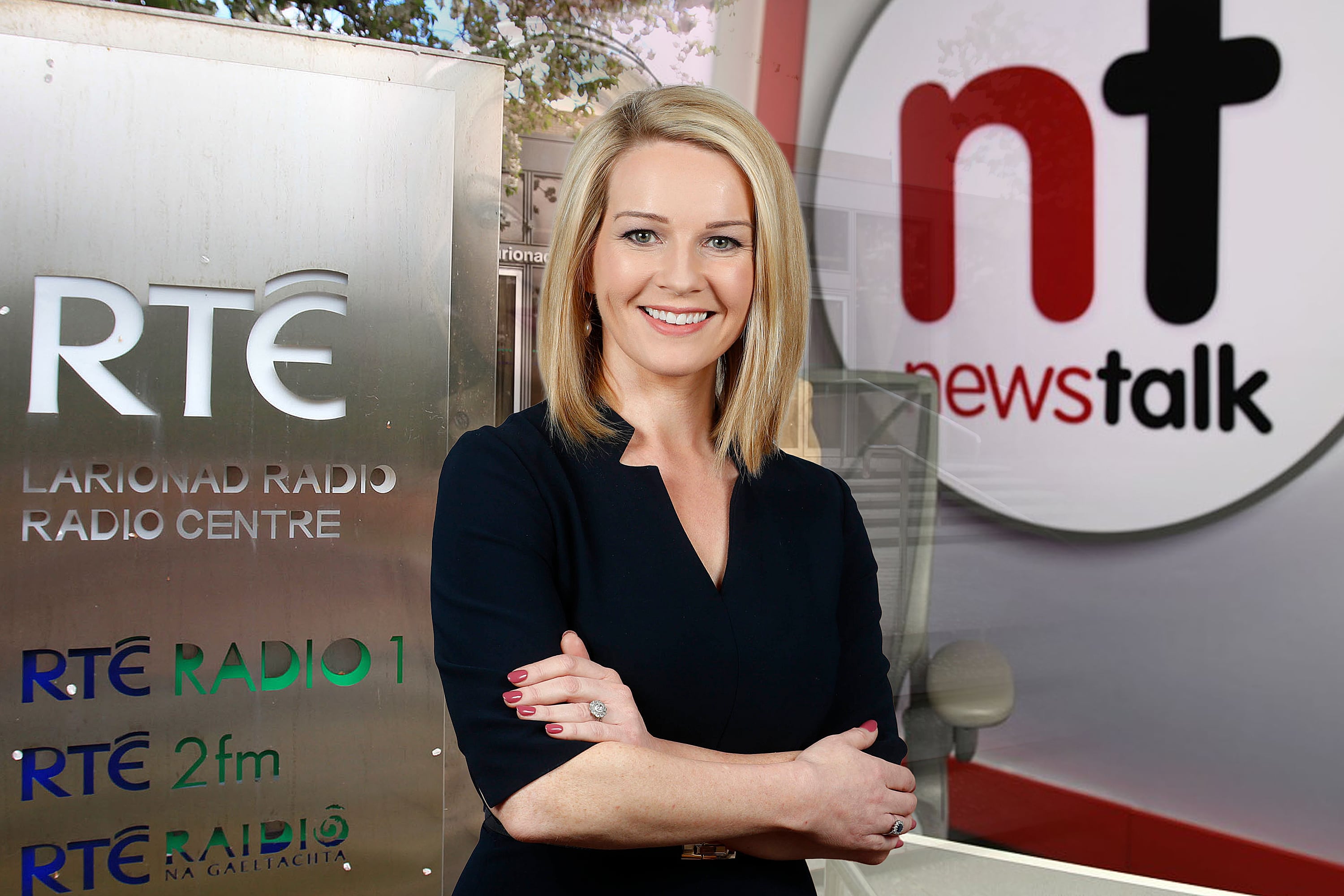Long live our gracious queen. And she lived long. Her loss has occasioned real communal grief — Northern Irish unionists have a deep emotional allegiance to Queen Elizabeth. To lose her just as a humiliating centenary year is limping to its end, with the last UK prime minister ostentatiously disregarding them, and Irish nationalists and republicans getting more confident by the day, is just a disaster.
The monarch will always mean more in the last colonial outpost than at the heart of empire. The ground on which unionists stand was already shifting. The death of the queen is an earthquake.
The thoughtful community worker and former DUP MLA Sammy Douglas talked about the queen when I interviewed him in 2019. He said he was born into a typical kitchen house in Sandy Row, Belfast, in 1953, the year of Elizabeth’s coronation. There wasn’t much but there was a photograph of the queen on the wall.
Wealthy unionists care less than working class loyalists. They swooned when posh Hillsborough was allowed to call itself Royal Hillsborough earlier this year
“I grew up as a loyalist. I feel loyal,” he told me. “But I’m not quite sure what I am loyal to. The thing that keeps us together to some degree is the queen. She’s a wonderful woman. Absolutely wonderful. She’s held Britain together and she’s a global figure. But then the problem is when she dies, I can’t see the same loyalty or attraction to the royalty as it is now.”
RM Block
We listed the princes and princesses. Charles, heir to the throne, was far from inspiring. Andrew’s name caused Douglas to grimace and shake his head.
Douglas admired the queen for speaking Irish and shaking Martin McGuinness’s hand. He admired McGuinness too for his willingness to reciprocate. Many in his party had struggled with these acts and gestures of reconciliation. When it emerged that she was willing to visit the Republic after the signing of the Belfast Agreement in 1998, Ian Paisley snr had called her Tony Blair’s parrot. When she visited the Garden of Remembrance in Dublin and bowed her head for Ireland’s patriotic dead, some northern lips were pursed.
[ Cork remembers laughing Queen Elizabeth with fondnessOpens in new window ]
Wealthy unionists care less than working class loyalists. They swooned when posh Hillsborough was allowed to call itself Royal Hillsborough earlier this year. They will continue to flock in their finery to garden parties at the castle, content with whichever minor royal turns up to patronise them. But even for them, the brand is bound to decline now.
The photograph Douglas remembered from his childhood is the one you will most commonly see in loyalist places such as Orange halls, unionist constituency offices and public buildings. This is the newly crowned Elizabeth, fresh and young in the 1950s, wearing pearls and a ball gown as well as her crown. It was never replaced by the permed figure in the twinset, or the sometimes cross, sometimes weary and footsore looking old lady.
When Princess Elizabeth ascended the throne, unionism was secure in its hold on Northern Ireland, secure in the solidarity of its community behind the Orange Order and the Royal Ulster Constabulary. Loyalty to the queen has always been heavily laced with nostalgia. She has been a constant while all else has been falling asunder.

How will the UK cope with losing Queen Elizabeth II?
At primary school we played various playground games which included a question about what you wanted to be. The choices for girls were “a princess or an air hostess”. We were not historically well informed. None of us got to be princesses.
In the North, it is just called The Queen, the United Kingdom’s national anthem. When I was a Girl Guide I remember slouching in a pew in St Columb’s Cathedral in Derry, giggling with a friend at the end of some religious service at which we were among the ranks of the uniformed young Protestants. The organist was belting out the anthem. A sharp, verging on violent, poke to the back jolted me. The look on our guide leader’s face was of rage and contempt. “You stand to attention for The Queen,” she hissed. She herself was standing tall and staunch, loyal chin tilted upwards.
When, a few years later, I played trombone in Londonderry High School’s orchestra, I loved my part in the great crescendo leading up to “send her victorious, happy and glorious, God Save Our Queen” and I do still experience a sort of vestigial soaring of the heart when I hear that sequence in the anthem now.
Soldiers from a British army regiment stationed in the city were at that time playing alongside us. It was in the early 1970s, when serving the queen in Londonderry meant something quite different to serving her in Derry. Our school was on Duncreggan Road. Just down the road, in the Bogside, they were shooting the disloyal.
In 2019, Ken Maginnis claimed in parliament that a portrait of the queen had been taken down in the Northern Ireland Office’s headquarters in Belfast, but not before a Catholic civil servant had been paid substantial compensation for having had to walk past it every day. There was talk of the requirements of equality legislation.
Another unionist peer fulminated against “political correctness gone mad”. It was a further sign that the days of happiness and gloriousness were over for unionism. Reassurances were given that the portrait had been restored to its place, but there was no getting away from it, hearts had been shaken.
Susan McKay is a writer and documentary maker. Her most recent book is Northern Protestants: On Shifting Ground













